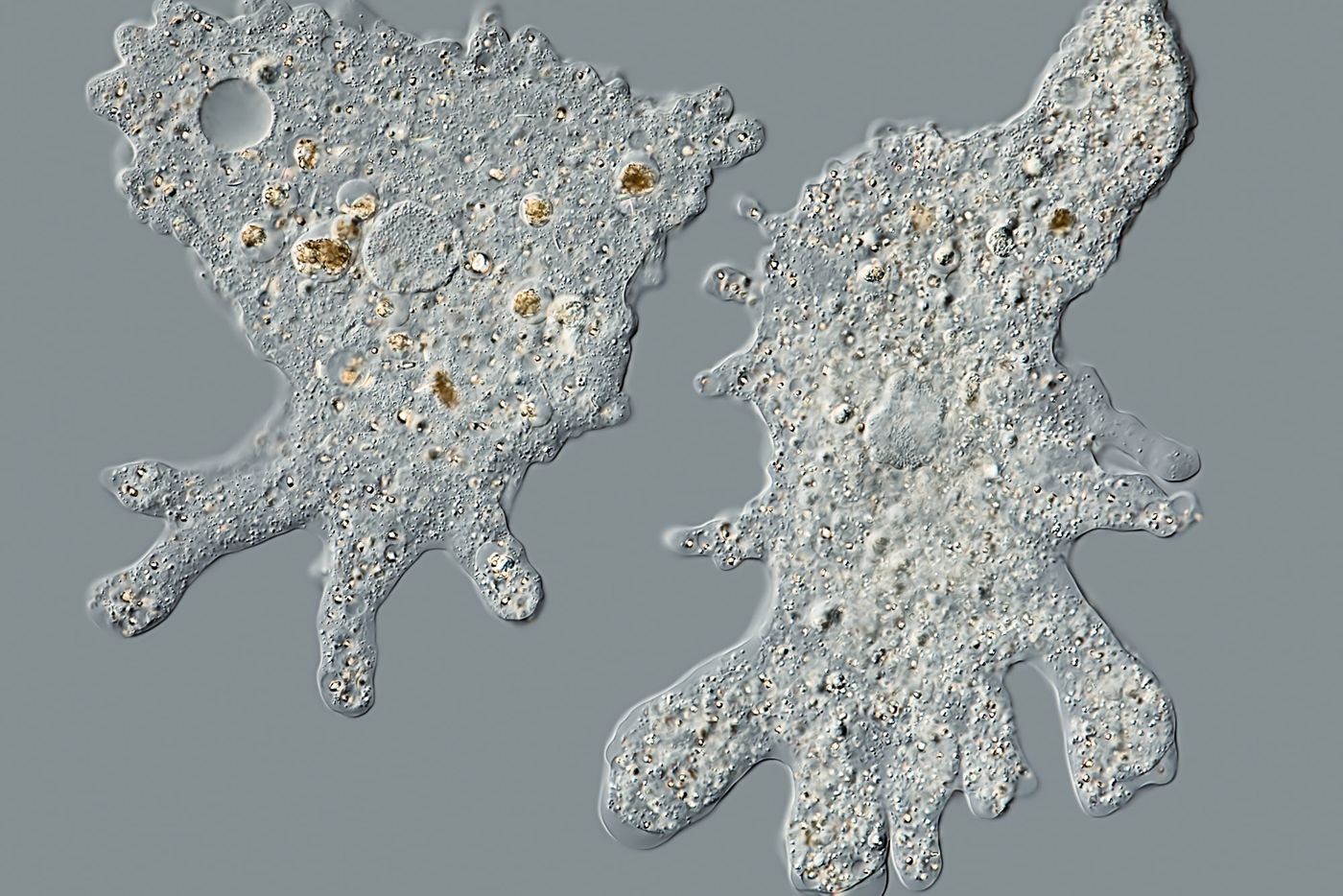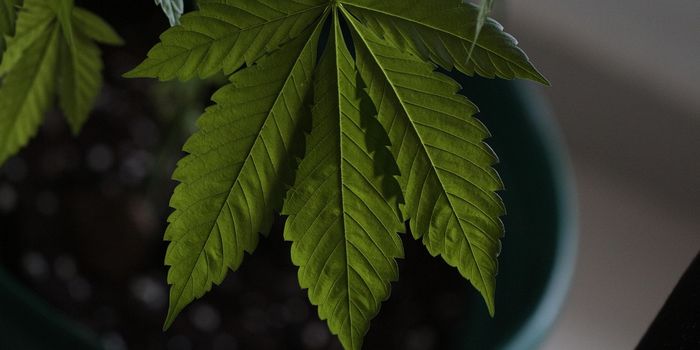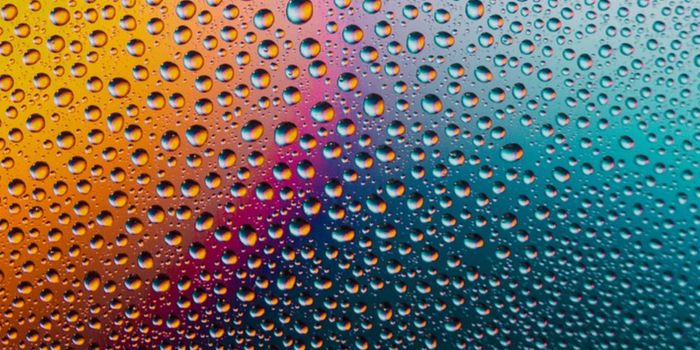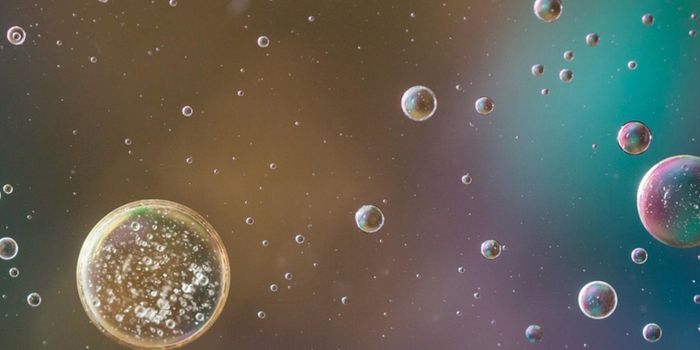Better Know a Microbe: Amoebas!
If you don’t love amoebas, there’s something wrong with you.
Amoebas are adorable, little single-celled eukaryotes that can contort themselves into all sorts of crazy shapes. Sometimes the term “amoeba” also refers to certain types of fungi and special animal cells. Here, I’m sticking to a discussion of protozoan amoebas.
You’ve probably heard of a couple of amoeba species - Entamoeba histolytica and Naegleria fowleri. Alright, these aren’t the most lovable species, seeing as they cause some pretty serious diseases. Entamoeba causes amoebic dysentery, and Naegleria is the famed brain-eating amoeba.
On the other hand, think back to your grade school science classes - you probably played around with the so-called giant amoebas, Amoeba proteus or Chaos carlinense. Giant amoebas can grow to upwards of 5 mm long!
Regardless of size, most all amoebas move and eat using pseudopods. Pseudopods are protrusions that extend from the main cell body - they form when actin microfilaments push the plasma membrane outward. When I think of pseudopods, I think of large, rounded feet pulling the amoeba along a surface or engulfing its prey. Pseudopods come in a variety of shapes and sizes, however. Some take the form of fine, branching nets (the Foraminifera make these). Other amoebas make pseudopods that are firm and needle-like.
If you have access to a light microscope, slap some pond water on a slide and see if you can catch sight of an amoeba eating. Many amoebas eat bacteria, but some eat plant matter. Regardless, most all eat through the process of phagocytosis. Here, they produce pseudopods that surround and scoop up their prey. The ends of the pseudopods fuse, forming a phagosome. Eventually, the phagosome morphs into a phagolysosome to digest the food. This process is nearly identical to what our macrophages do when they gobble up invading bacteria.
Amoebas that live in the soil are actually very important for regulating populations of bacteria. Without them, soils would likely be overrun with bacteria, possibly to the detriment of many plant and animal species. Likewise, they help to cycle many nutrients back into the soil, making them available for plants.
Amoebas can live in a variety of environments, and a good number live in freshwater. Since amoebas don’t have a rigid cell wall like bacteria, they’re susceptible to changes in osmotic pressure. To solve this, freshwater amoebas actually have a contractile vacuole (I like to think of it as a tiny blowhole). This vacuole allows them to release water that crosses the plasma membrane and bloats the cell when the concentration of solutes is higher inside the cell than outside (typical of a freshwater ecosystem).
Let’s face it, we have to talk about some diseases. Do you wear contact lenses? Keep an eye out for amoebas! Species of Acanthamoeba can cause keratitis if you don’t properly sanitize your contact lenses. Swimming in your lenses also puts you at risk for Acanthamoeba keratitis.
Two species, Naegleria fowleri and Balamuthia mandrillaris, can infect the brain. Naegleria is the brain-eating amoeba I mentioned previously. It causes primary amoebic meningoencephalitis. People usually contract Naegleria when swimming in nonchlorinated water - the amoeba enters your nose and makes its way to your brain. Balamuthis, on the other hand, lives in the soil and usually enters the body through an open wound. Both infections are rare, but they are usually fatal.
Last but not least, the bacterium Legionella - a human pathogen - can hide out inside of an amoeba. Legionella are able to escape the amoeba’s phagolysosome and proliferate in the cell’s cytoplasm. From there, the bacteria can go on to infect an unsuspecting human. These interactions often occur around cooling towers for ventilation systems - Legionella-filled amoebas thrive in these damp conditions and can be inhaled by humans, resulting in an infection.
Amoebas may not be harmless, but I still think they’re very cool.
Sources: Live Science, MicrobeWiki, The University of Edinburgh, Wikipedia









